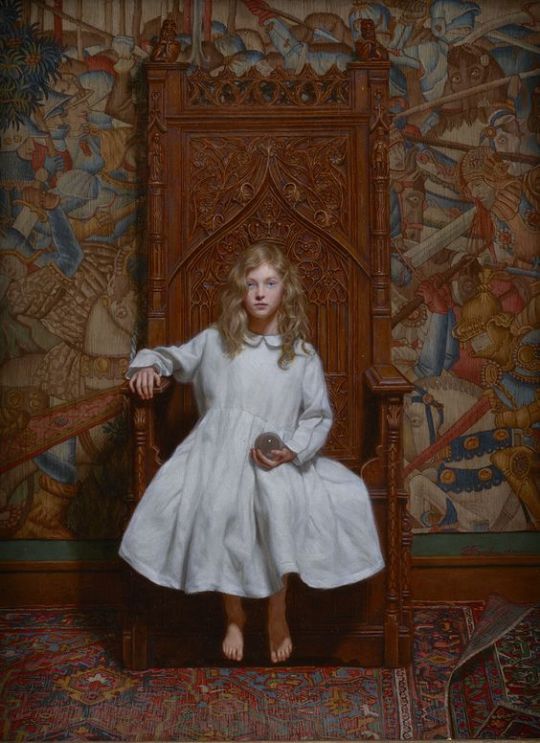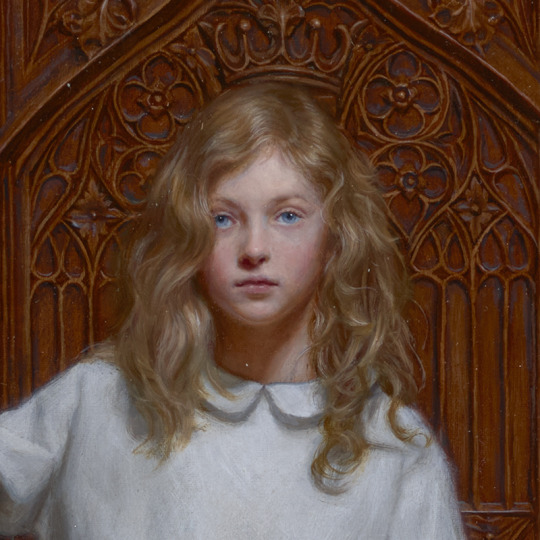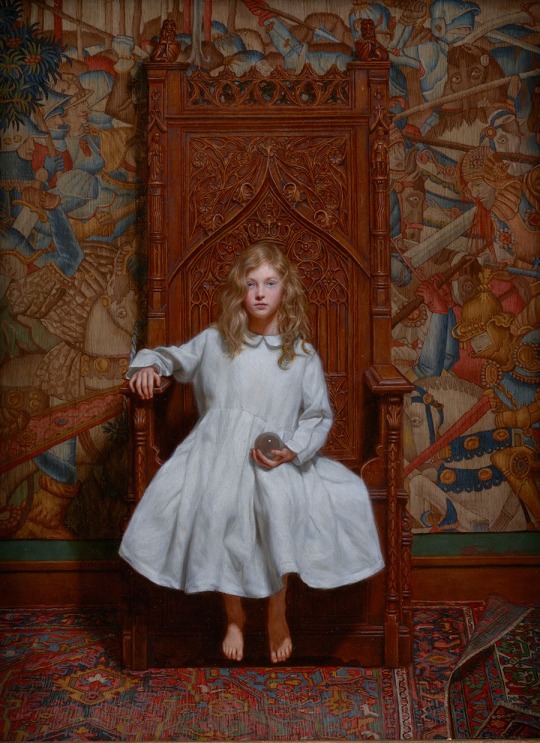#hiroshi furuyoshi
Text

'Campbell III' by Hiroshi Furuyoshi
415 notes
·
View notes
Text

Adelaide (Hiroshi Furuyoshi, 2019)

Adelaide (Hiroshi Furuyoshi, 2016)
169 notes
·
View notes
Text
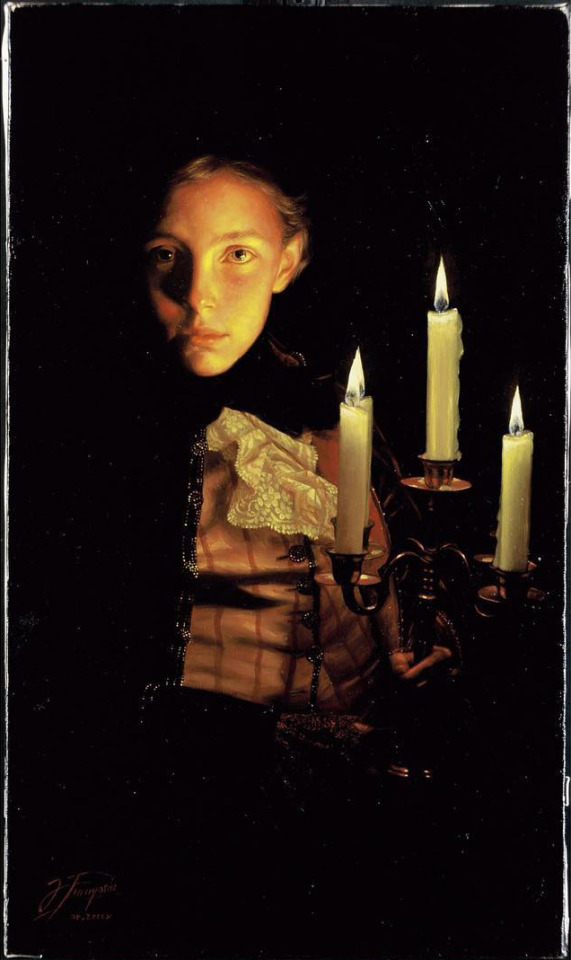
Holly, c. 2000

Nile, c. 2000
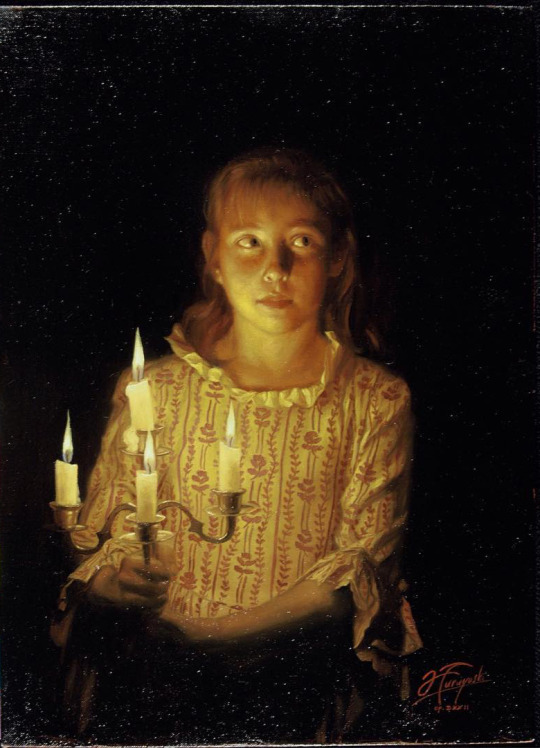
Lauren, c. 1990

Allison, c. 2000
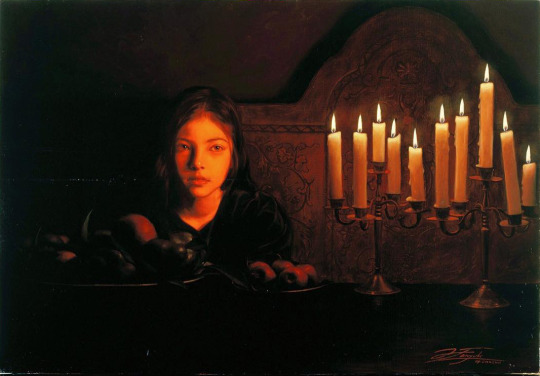
Samantha, c. 2000
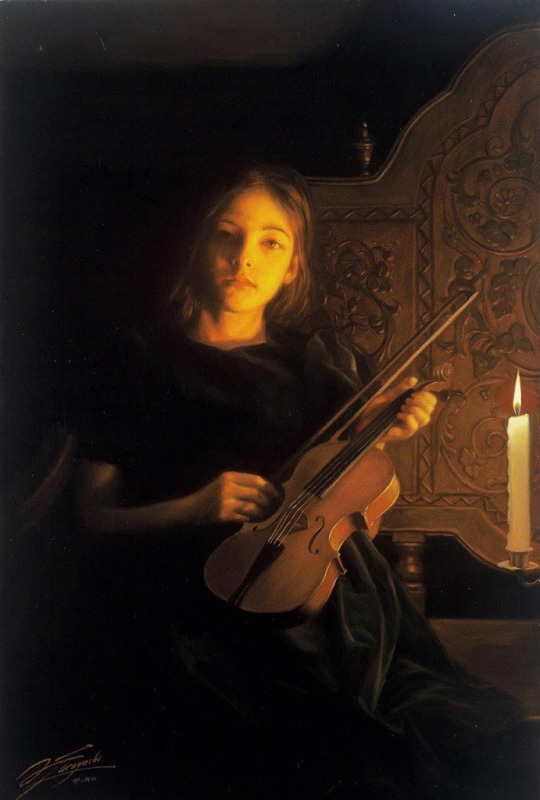
Samantha, c. 2000
Hiroshi Furuyoshi (b. 1959, Hiroshima, Japan)
38 notes
·
View notes
Text

Hiroshi Furuyoshi "CAMP BELL IV"
18 notes
·
View notes
Text

And I leave the children the long, long days to be merry in in a thousand ways, and the Night, and the trail of the Milky Way to wonder at . . .
~ Williston Fish, "A Last Will," 1898
Artwork: Maya by Hiroshi Furuyoshi - Oil on Canvas
#children#milky way#stars#imagika#art#Maya#Hiroshi Furuyoshi#Williston Fish#A Last Will#1898#girl#nostalgia#wonder
4 notes
·
View notes
Photo
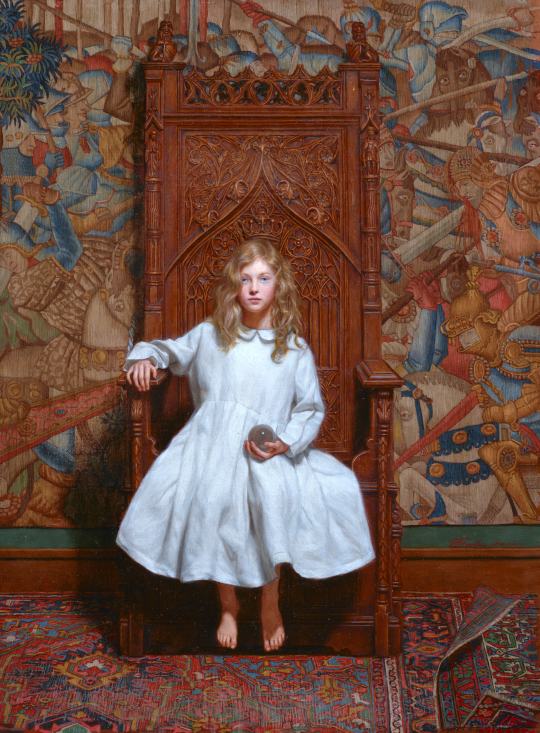
Adelaide - Hiroshi Furuyoshi 3050x4039
0 notes
Text
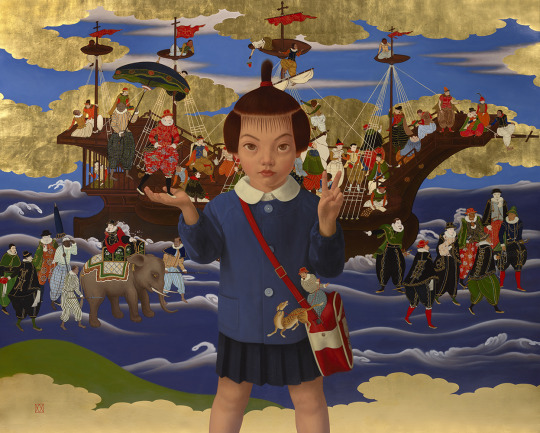


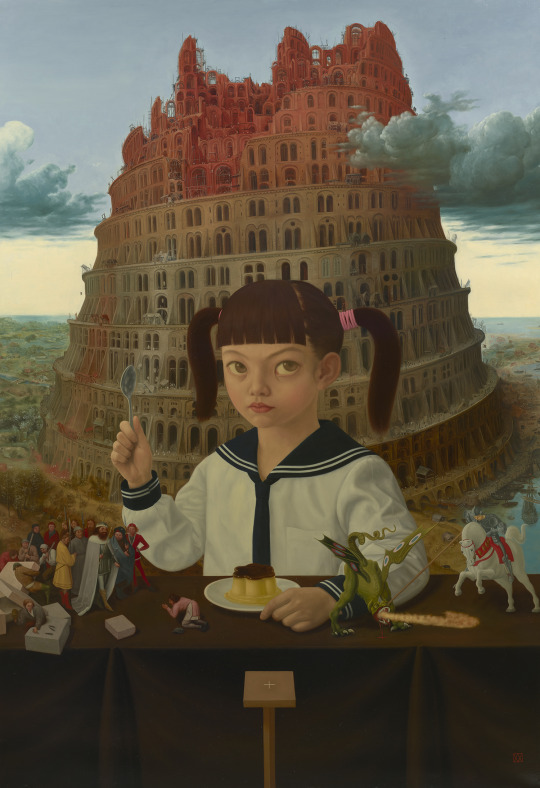
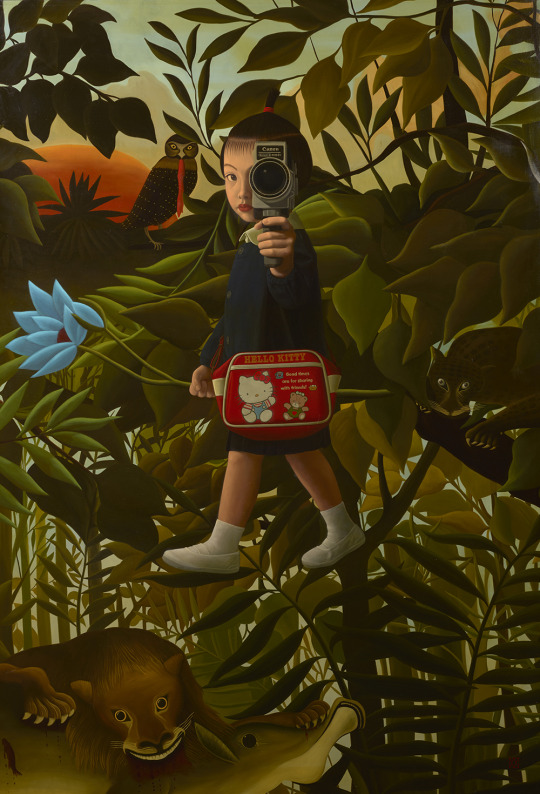
Mitsuru Watanabe, Japanese, b. 1953
Mitsuru Watanabe was born in 1953 in the Aomori Prefecture in Japan, the youngest of four siblings. His mother was an amateur painter who set an example for her children, not only with her own work, but also with an extensive library of art books in the family home. The young Mitsuru gradually began to browse through the books, thus introducing himself to a wide variety of styles, aesthetics and historical images. In addition, he poured over books on drawing and painting techniques, establishing a foundation for his future work as a professional artist.
His junior high school did offer an art class, but it was not particularly inspiring, and in high school, there was no art education offered. That left Mitsuru to study on his own, and after graduation in 1972, he again consulted art books about painting techniques, which provided some basic guidance. His introduction to professional training came as a result of an advertisement that he placed in an art magazine in the hope of attracting some clients for his painting. Instead one of his paintings was purchased by a collector on behalf of the painter Seiichiro Ban (b. 1950), who was impressed with the younger artist’s work. He invited Mitsuru to Kyoto, eventually teaching him “everything about painting techniques”, including the use of oils, brushwork and color adjustment. In the process, the two men became good friends.
Meanwhile, Mitsuru worked for a printing company for a few years. Eventually, he gave it up in order to paint, and for several years, he paid the bills by gambling at mahjong and pachinko (Japanese pinball). In spite of the hardships of such an uncertain mode of living, he looks back fondly on this period.
By 1975, he met and married his wife, and moved to Hachinohe City. The family soon grew to include a son and two daughters. Looking back on those early days, Mitsuru recalls spending many days reading in a library while taking care of his son. He requested books on philosophy, religious studies, cultural anthropology, psychoanalysis and contemporary criticism, all of which the library provided. A few years later, when his paintings were selling well, a librarian mentioned to him that they had spent over 200,000 yen per year on his requests; and that his absence from the library meant that they no longer had such a generous budget allotment.
With a growing family, Mitsuru realized that he would need to increase his income. He had become friends with a local theatrical troupe, even writing a play for the group at one point, and thought that they might be interested in purchasing some of his paintings. With these funds, he was able to organize a successful solo exhibition in Hachinohe. Ultimately, he was able to raise enough money to advertise his work in an art magazine and stage an exhibition in Ginza. Most of the paintings sold and Mitsuru’s career was launched.
In the 1980s, Japan was enjoying an economic boom, including the market for contemporary art. Although progress was slow initially, Mitsuru’s work began to attract attention in Tokyo. When he won the 10 million yen prize in the Second Ryohei Koiso Grand Prize Exhibition in 1994, the gallery world took notice. Soon he was working with a gallery in Ginza, which in turn led to Mitsuru’s art being noticed by a Hong Kong gallery; this broadened the international market for his art.
In 1990, Mitsuru met and befriended Hiroshi Furuyoshi after seeing an exhibition of his work. Hiroshi’s collection of international art books provided inspiration, and, as Mitsuru notes, Hiroshi “generously taught me about [western] painting techniques.”
His work offers a compelling mix of Japanese and Western traditions. He borrows imagery freely from a number of western artists, ranging from Pieter Brueghel and Hieronymus Bosch to Henri Rousseau. These “borrowed images” are grounded in the Japanese tradition of shyakkei (borrowed landscape) which utilizes nearby natural landmarks as the backdrop to the design of a garden. Likewise, Mitsuru incorporates traditional western images both as the stage for his work and occasionally as commentary in the form of small visual quotations from old master paintings by Peter Paul Rubens, Raphael, Michelangelo, and Erie Loran, as well as the Japanese contemporary artist Hayami Gyosyu.
Almost all of Mitsuru’s paintings feature his children as his models. In the 2018 painting, In the Forest-with Deposition of Christ, one of his daughters is shown strumming a guitar while comfortably seated in one of Henri Rousseau’s forests. The lion from Rousseau’s painting of The Sleeping Gypsy (1897) grazes casually nearby at a much smaller scale. And on the other side of the canvas, Peter Paul Rubens’ The Descent from the Cross (1612-14) is inserted into the forest landscape as if it were a staged tableau. In the 2019 painting, Naoko Walking in Rousseau’s Forest, the artist’s daughter again appears, this time walking on air with her “Hello Kitty” purse slung over her shoulder and a Canon camera pointed straight at the viewer as if it were a gun.
The combination of humor and serious cultural commentary is characteristic of Mitsuru’s painting. He notes that this too is based on an older Japanese trope, Honka-dori, in which new tanka poetry is created by quoting from famous older tanka poems. Mitsuru has used iconic western paintings coupled with very contemporary Japanese images to initiate a discussion about the cross-cultural influences of each tradition. And his children have become the ambassadors of that conversation. As Mitsuru comments “As long as I live, they will go around the world of painting as a child, like Peter Pan.”
Janet Whitmore, Ph.D.
https://rehs.com/Mitsuru_Watanabe_Naoko_Playing_in_Boschs...
15 notes
·
View notes
Text



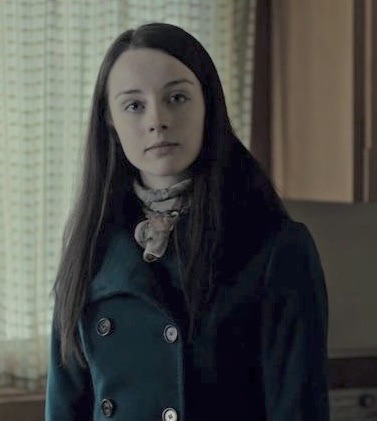


Abigail Hobbs & girls on paintings
Vasilij Surikov “young woman at prayer” / Hiroshi Furuyoshi “Julia” / Hippolyte Delaroche “the execution of lady Jane Grey”
#hannibal#abigail hobbs#hannibal art comparatives#web weaving#hannibal abigail#art parallels#hannibal parallels#hannibal aesthetic#abigail hobbs core#classical art#art comparatives#hannibal edit#hannibal nbc#hannibal x art
243 notes
·
View notes
Text

'Adelaide'
By Hiroshi Furuyoshi
14 notes
·
View notes
Text

HIROSHI FURUYOSHI
(BORN 1959)
Maya
Oil on Artefex Panel
5 x 7 inches
REHS CONTEMPORARY
16 notes
·
View notes
Text
youtube
Director | MESS
Director of photography | Kohta Kimura
1st AC | Kaito Furuyoshi
Lighting Director | Shohei Nakagawa
1st LA | Airi Hamaguchi
2nd LA | Takamaro Murahara, Taisei Ishibumi
Colorist | Yuma Izuka
Hair & Make | Kei Koda
Casting | Mona Nakahara(SKALY)
Production Manager | Mitsunori Nakata, Yusuke Sato, Hiroshi Sugita
Producer | Satoru Mizuno (FLARE TOKYO)
A&R | Akira Fukuoka
0 notes
Text


Hiroshi Furuyoshi
古吉弘
83 notes
·
View notes

